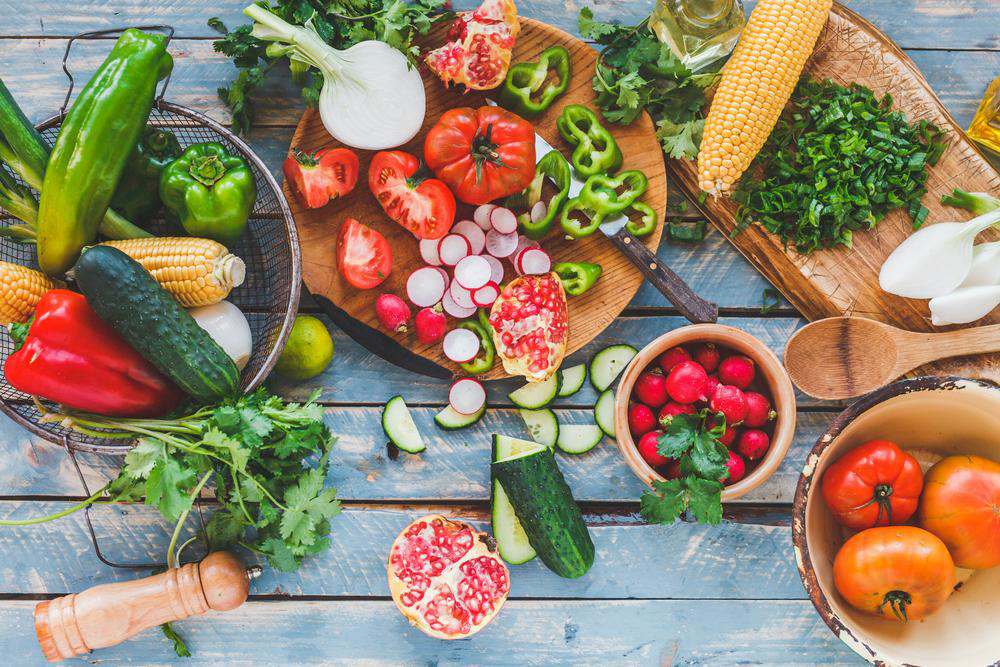Comprehensive Dietary Approaches to Manage Blood Sugar and Hypertension Effectively
This detailed guide explores effective dietary strategies to control blood sugar and hypertension. Emphasizing foods like vegetables, fruits, whole grains, lean proteins, and healthy fats, it offers practical tips for managing these conditions through nutrition. By adopting these health-conscious eating habits, individuals can improve their cardiovascular health, stabilize blood sugar levels, and enjoy a better quality of life. The article is useful for those seeking long-term solutions for managing diabetes and high blood pressure through diet, complemented by lifestyle modifications.

Comprehensive Dietary Approaches to Manage Blood Sugar and Hypertension Effectively
High blood pressure and elevated blood sugar levels are among the most common health concerns affecting millions worldwide. According to epidemiological studies, a significant portion of the global population suffers from hypertension, with many unaware of their condition. Managing these health issues primarily involves lifestyle modifications, especially diet. An appropriately balanced diet not only mitigates symptoms but also reduces the risk of developing serious cardiovascular complications. This extensive guide explores effective dietary strategies designed to help individuals control their blood sugar and blood pressure through nutrition.
Understanding the Importance of Dietary Management for Blood Sugar and Blood Pressure
Proper nutrition plays a crucial role in maintaining optimal health, particularly for those with diabetes and hypertension. Both conditions are interconnected, often sharing risk factors like obesity, poor diet, and sedentary lifestyles. Diets rich in processed sugars, excessive salt, and unhealthy fats can exacerbate these conditions, increasing arterial pressure and blood glucose levels. Conversely, adopting specific eating habits can promote better regulation of these vital parameters, leading to enhanced overall health and reduced dependence on medications in some cases.
Foods and Nutrients That Help Lower Blood Sugar
One of the cornerstone strategies for managing blood sugar levels involves selecting foods that have a low glycemic index (GI). These foods release glucose slowly into the bloodstream, preventing spikes and aiding in glycemic control. Incorporating a variety of nutrient-dense foods into daily meals can significantly improve blood sugar management.
Strategies include emphasizing fruits, vegetables, whole grains, lean proteins, and healthy fats as part of a balanced diet. These foods provide essential vitamins, minerals, antioxidants, and fiber, vital for metabolic health and cardiovascular support.
Fruits and Vegetables: A diverse intake of fruits and vegetables is essential. They supply vital nutrients that help combat oxidative stress and inflammation, which are often elevated in individuals with high blood sugar and hypertension. While many fruits are naturally sweet, choosing berries, kiwis, and plums provides antioxidants without causing detrimental blood sugar spikes. Vegetables like spinach, avocados, Brussels sprouts, peppers, and cauliflower are low in starch and rich in fiber, making them excellent choices. Limit high-starch vegetables like squash and baked potatoes to small portions, as they can influence blood glucose levels.
Emphasizing Whole Grains: Replacing refined grains with whole grains is vital. Whole grain products such as whole wheat bread, quinoa, wild rice, and air-popped popcorn contain dietary fiber and micronutrients that help achieve better glycemic control. Fiber slows digestion and absorption of carbohydrates, stabilizing blood sugar levels. These foods increase satiety, helping control appetite and prevent overeating, which is critical for weight management and metabolic health.
Lean Protein Sources: Protein is fundamental for tissue repair and metabolic health. However, the source and preparation method are critical. Lean proteins, such as turkey, chicken, fish, and plant-based options like lentils and beans, are preferable. These options are low in saturated fats and do not spike blood pressure or blood sugar. The DASH diet (Dietary Approaches to Stop Hypertension) advocates for consumption of low-fat dairy, lean meats, fish, and poultry, promoting cardiovascular health. Typically, it recommends 2-3 servings of dairy products and 5-6 servings of lean meats or fish daily. Cooking methods like baking, grilling, steaming, and sautéing with canola or olive oil are preferable to frying or deep-frying, which add unhealthy fats.
Alongside diet, maintaining consistent meal timings and appropriate portion sizes help regulate blood glucose and pressure levels. Avoid long periods of fasting between meals, which can lead to overeating later and destabilize blood sugar. Additionally, limiting intake of salt, caffeine, and alcohol is essential, as these can exert adverse effects on blood pressure and overall cardiovascular health.
By making these dietary shifts, individuals can markedly improve their blood sugar and blood pressure control. The incorporation of nutrient-rich, low-glycemic, and heart-healthy foods into everyday meals promotes long-term health benefits alongside reduced medication dependence.





